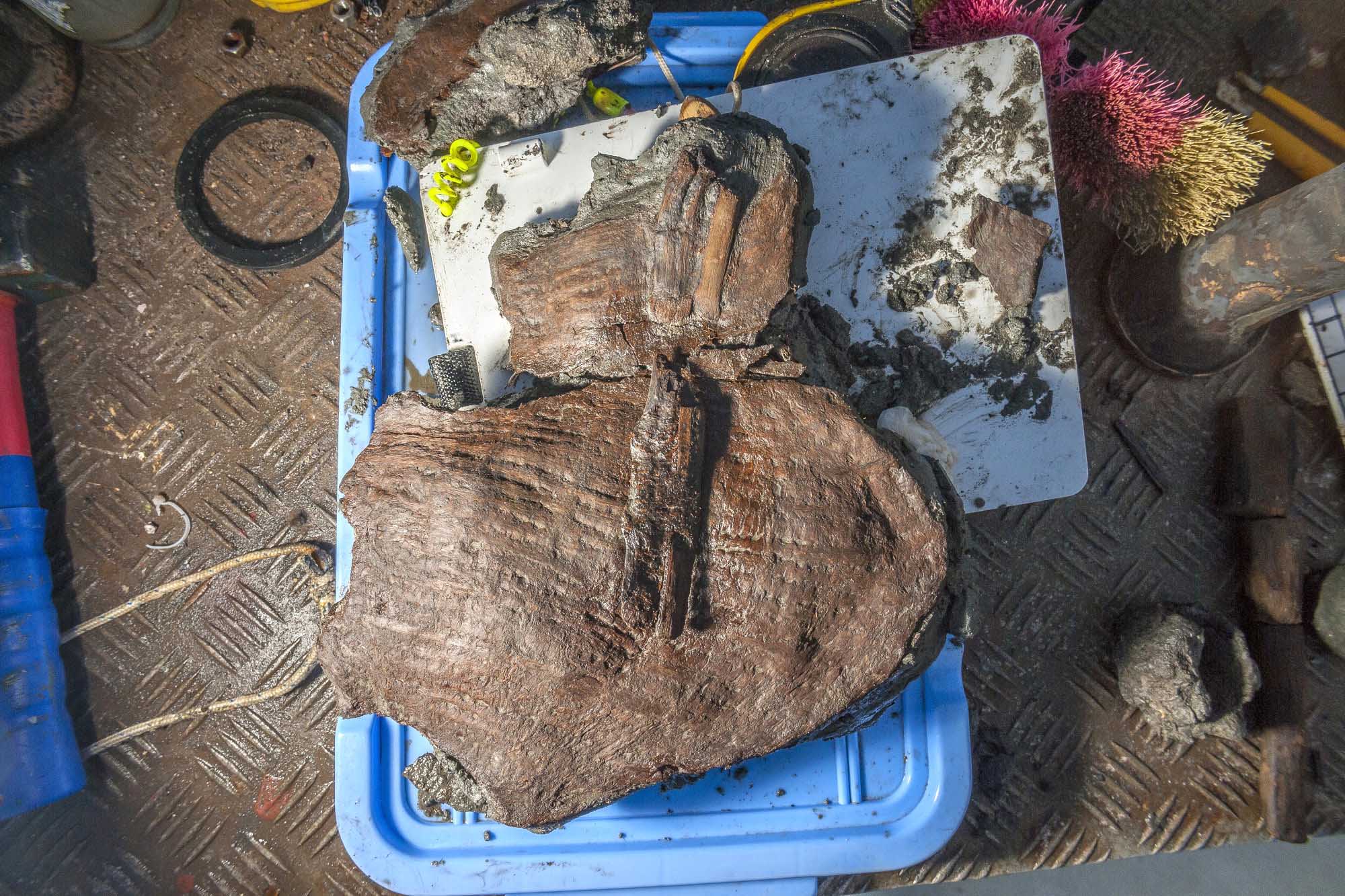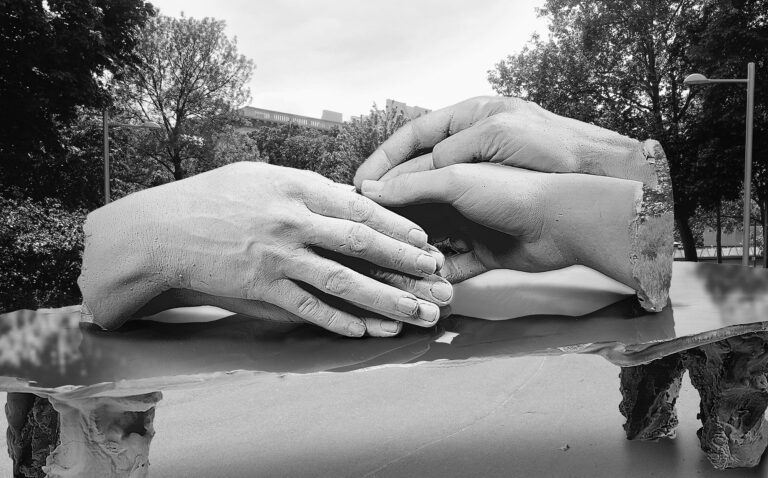Archaeologists have discovered wicker baskets filled with fruit and Greek ceramic artefacts that have survived for over 2400 years in the sunken ruins of the ancient city of Thonis-Heracleion off the Egyptian coast.
Thonis-Heracleion was one of the biggest ports of the era but it sank beneath the waves after a severe flood liquified the hard clay on which it was built, turning it to liquid into which the buildings were swallowed.
But the mud also preserved an archaeological treasure trove that is slowly being rediscovered, and the latest spectacular find is of the baskets containing fruit and grape seeds, along with many ancient ceramic and bronze artefacts.
The research team lead by French marine archaeologist Franck Goddio and the leader of the project, who discovered the ruins about 20 years ago, was supported by the European Institute for Underwater Archaeology (IEASM) and Egypt’s Ministry of Tourism and Antiquities.
Goddio explained that the hundreds of objects discovered inside the baskets were meant for burial purposes and included luxury Greek ceramics, terracotta figurines and amphorae.
Among the untouched treasures, the archaeologists also found doum palm (Hyphaene thebaica) fruit, also known as the gingerbread tree, which was often placed in ancient tombs and is a native to the Arabian Peninsula and to the northern half and western part of Africa.
The archaeologist, who believes the fruit survived because it was probably placed in an underground room, said: “Nothing was disturbed. It was very striking to see baskets of fruits.”
The city of Heracleion also known and Thonis-Heracleion was an ancient Egyptian port city located near the Canopic Mouth of the Nile, about 32 km (20 mi) northeast of the city of Alexandria on the Mediterranean Sea.
Historical sources say that it served as the country’s largest Mediterranean port for centuries until Alexander the Great founded Alexandria in 331 BC.
Goddio said that the latest find was in a tumulus, which is a mound raised over a grave, that was about 60 metres (197 ft) long and 8 metres (26 ft) wide, and added: “Everywhere we found evidence of burned material.”
He continued: “Spectacular ceremonies must have taken place there. The place must have been sealed for hundreds of years as we have found no objects from later than the early fourth century BC, even though the city lived on for several hundred years after that.”
According to the archaeologists, the find illustrates the presence of Greek merchants and mercenaries in Thonis-Heracleion, who were settled in the area during the late Pharaonic period and built their own sanctuaries close to the temple of Amun Ra.
However, these were all destroyed following a series of earthquakes and tidal waves that triggered land liquefaction, which later led to a collapse of a 110-square-kilometere-long (42 sq mi) portion of the Nile delta that disappeared under the sea, along with the cities of Thonis-Heracleion and Canopus.
Both cities were rediscovered by the IEASM, in 2000 and 1999 respectively.
To find out more about the author, editor or agency that supplied this story – please click below.
Story By: Georgina Jadikovska, Sub-Editor: James King, Agency: Newsflash
The Ananova page is created by and dedicated to professional, independent freelance journalists. It is a place for us to showcase our work. When our news is sold to our media partners, we will include the link here.




